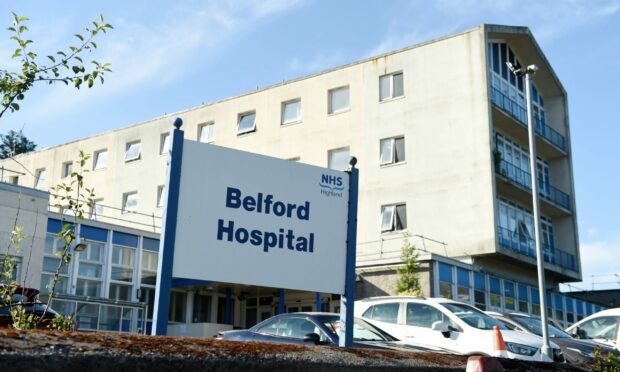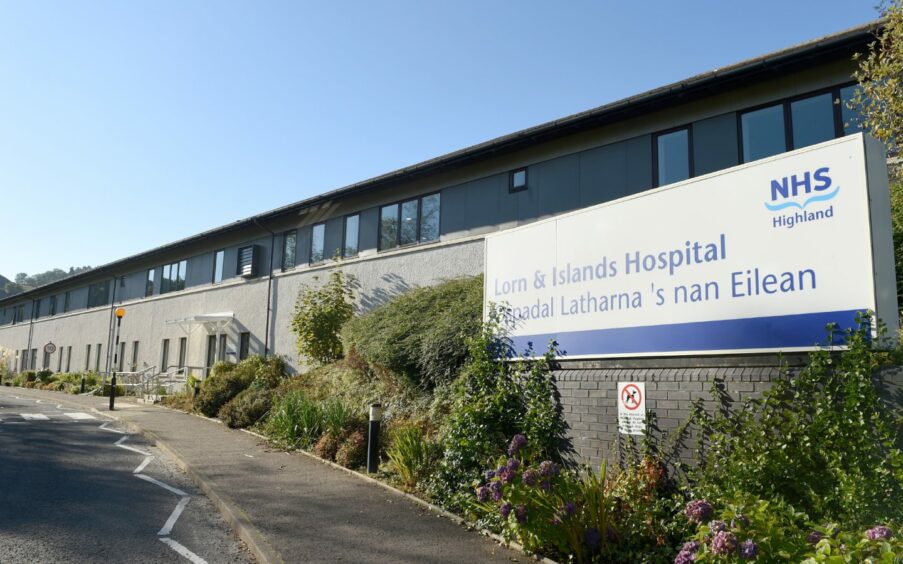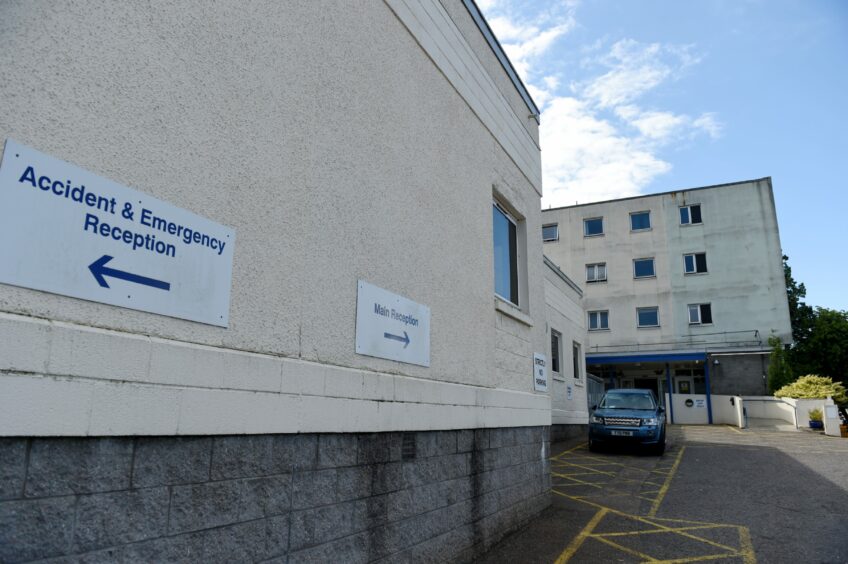Three new surgeons have been appointed to the Belford Hospital in Fort William as NHS Highland aims to bring down the rising cost of locums in the region.
The appointment of permanent staff will be music to the ears of finance directors as the rising cost of locums in the area, which includes Argyll and Bute Community Health Partnership, is currently around £2 million a month.
Aside from the eyewatering price tag, the lack of continuity in the hospitals at the Lorn and Islands Hospital in Oban and the Belford Hospital in Fort William are proving a problem for other staff and patients.
Staff in both hospitals, who did not want to be named, said locums often covered shifts in the busy A&E departments.
They said without knowing the practice within the hospital, including for clinical follow ups and admissions, it sometimes creates extra work for other staff.
They called for more training for staff in hospitals including to nurse practitioner level, and more use of technology to get people the help they need as soon as they need it.
Locums are required for services
Kieron Green, deputy chairman of Argyll and Bute’s health and social care partnership, said: “The health and social care partnership is committed to delivering services locally and the safe staffing levels that are required to deliver these.
“Unfortunately due to national shortages in certain healthcare professions there may be times when recruiting permanently to posts may take longer than anticipated. There is therefore a need to employ a certain number of locums to ensure continuity of our services.
“All staff have access to appropriate training and clinical support. As an example this year there was a focus on improving the training and teaching of junior doctors at Lorn and the Islands Hospital with the independent involvement of the NHS Scotland Deanery.”
The chairwoman of the partnership and Argyll and Bute Council’s policy lead for care services were both contacted to comment, but NHS Highland declined on the partnership’s behalf.
Councillor Alastair Redman, who lives on Islay, said: “Recruiting staff to work in Argyll and Bute is a challenge, and that applies across the board in, for example, council, social care and health sectors.
“There is no silver bullet to fix it. For those working in our services, they clearly need to understand the geography and the nature of our communities but that notwithstanding,
“I would fully expect clinicians to exercise due diligence and clinical judgement insofar as what is best for the patient.”
Could the hospital exist stay open without locums?
A spokesman for NHS Highland stressed the recruitment of permanent staff members was always a first priority.
He said: “Locums are used when substantive recruitment is not possible, to ensure continuity of services in the locality.
“Senior medical cover is a blended model including consultants, speciality doctors and rural practitioners, to ensure services are as resilient as possible.
“Locum staff provide expert support and care to patients, and they play a vital role in our hospitals across Highland, Argyll and Bute.
“Where possible, we will use regular or long-term locums as this better supports the services which we wish to provide. ”
He added: “We can use remote locum services in some specialities. ”
How difficult is it to employ and retain permanent staff?
The NHS Highland spokesman said: “We have undertaken a programme of work to address recruitment challenges to ensure we can support clinical team working within hospitals across our area.
“We have to be creative and innovative to recruit and retain staff, especially those working across our remote and rural areas, and we have held staffing forums to look at the ways which this can be done.”
The recruitment issues faced in the Highlands and on the West Coast is a problem shared by other health boards.
The spokesman added: “We are actively looking into using more innovative methods of marketing and promoting NHS Highland as an attractive place to work.
“One element of this has been the launch of the Aim High Aim Highland recruitment campaign and we are hopeful that this will help us in the recruitment of key staff.
“We have recently appointed three new surgeons to work in the Belford Hospital, all of whom will be starting at different times in the New Year.
He continued: “We have great teams working across our hospitals and we recognise that the last couple of years have been an extremely difficult and challenging time for them and we would like to thank them and all our colleagues across NHS Highland, for the work they are doing for their local communities every day of the week. ”














Conversation